One doesn’t have to learn an entire language to travel to that country. Making sure you know the most common phrases will get you started in conversation and help you get around the area. One such phrase is learning how to say hello or hi. Just like most languages, there are several different ways you can say hello in Spanish.
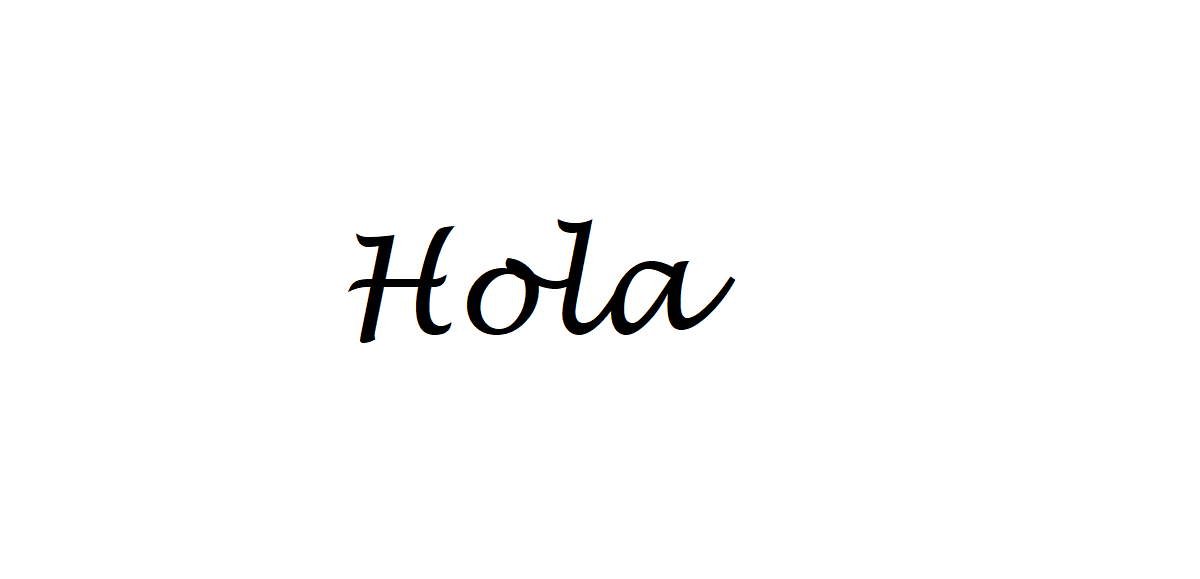
Chances are you won’t need to know to many of the formal greetings as you can speak your primary language to your personal loved ones, but if you do have to go to a dinner party it may not be bad to know a few. Either way, be sure to learn several phrases of how to say hi in Spanish as it will be one of the most often used words you will say to make sure the locals help you out if needed. Below are several of the different ways you can say hi in Spanish.
Spanish Hello Terms and Meanings
Hola – This is the most common way to say hi to someone in Spanish and can be used at any point in the day. Be sure to make the H silent and pronounce it as o la. This short and simple phrase is used not only in Spain, but in any Spanish speaking country so remember this four letter word and you will be able to quickly strike up a conversation.
Buenos días – Although this translates to “good days”, it’s often used to mean “good morning”. This is a more formal way to say hi to someone before noon and again is a very common phrase used in Spanish speaking countries.
Buenas tardes – Once noon has passed, the next way to say hello is Buenas tardes, meaning “good afternoon“. Just another formal way to say hello instead of Hola.
Buenas noches – As the drinks start flowing after a long day, it’s time to say Buenas Noches, meaning “good night”. Usually this would be a goodbye greeting, but in Spanish speaking countries it can also be used as a way to say hello.
Ey – This is a more informal way to say hi and means “hey”. Friends will often use this phrase instead of saying hola.
More Information on How To Say Hello in Spanish
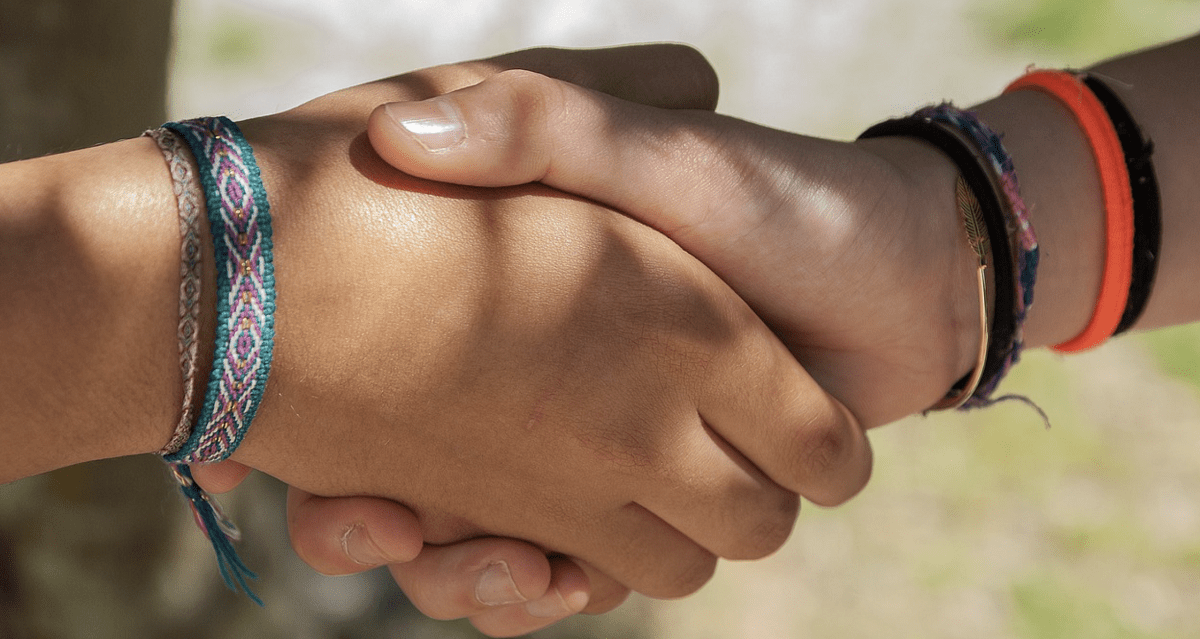
Greetings always seem to be the first thing people try and learn before traveling abroad. Not only are they going to be the most often used works you will use, but often they will get you into conversations to help you find what you are looking for. Learning how to say hello is by far one of the most important phrases to know as it is basically how you will start all your conversations.
The Spanish language relies heavily on formal and informal sayings to go along with gender nouns. This can make it a little more of a challenge as you need to adapt to your audience and surrounds, but overall saying hello can be used in most situations.
Other Alternatives to saying Hello in Spanish

Hola – Even if you aren’t familiar with Spanish, you probably have heard someone say this in your lifetime. Easiest way to say hi to someone. The H is silent so pronounce it as Oh-la.
Beunos Dias – Although it means good day, it’s another popular way for people to greet one another in the morning
Quihubo – This translates to How are you or what’s up and can be used to replace Hola. Friends and family members will use this more often as it’s a little less informal
Buenas Noches – Meaning good night, this is often used later at night. It doesn’t just mean time for bed in Spanish speaking countries.
Bienvenidos – This translates to welcome and is a good way to introduce someone into your home or at an event. This one is gender specific so make sure you say the correct pronunciation to your audience.
Que Pasa – This is considered more of slang and again used between friends and family, but translates to “what’s up”.
Como esta usted – Although this is more of a question, the Spanish meaning is “how are you”
Muy Buenos – This may sound odd as it means “very good”, it’s another popular way to say hello to someone
Ey – Instead of saying hello, it’s more of a “hey”.
The last tip is after saying hello in Spanish, it’s often followed by a greeting of a kiss.
When which Spanish greeting is used most often
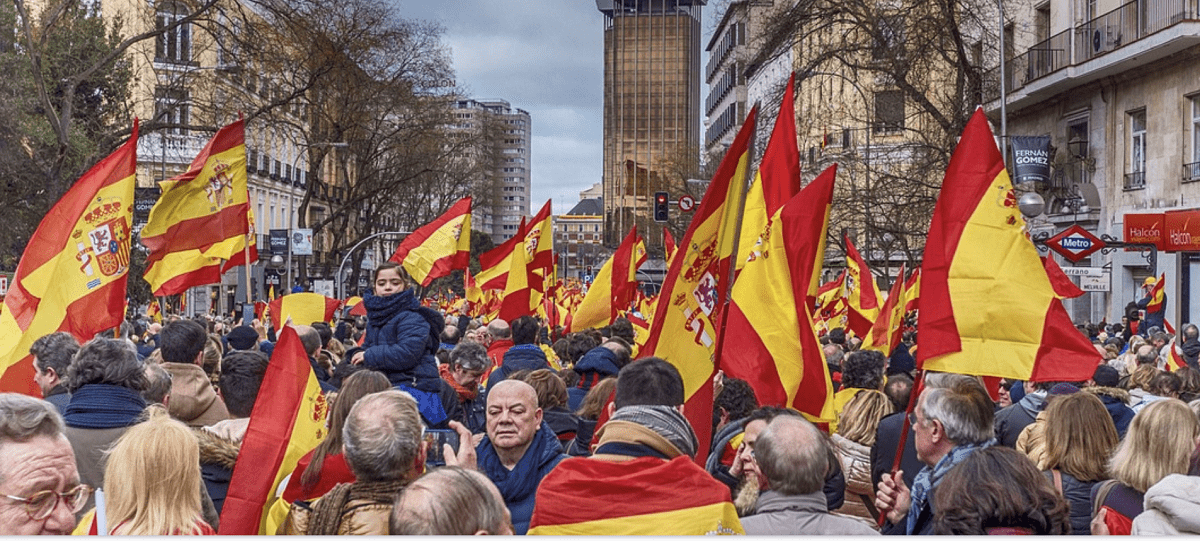
1. Begin with buenos días (good morning) or buenas tardes (good afternoon). This is the most common greeting used throughout Latin America and Spain, so it’s important to get this one right! Depending on the time of day, you can also say hola (hello) or buenas noches (good night).
2. When meeting someone for the first time, use the formal Usted instead of tú when addressing them. This shows respect for your elders and strangers alike. However, if you know each other well enough that you would normally address them as “you” in English, then go ahead and use tú – just make sure they don’t mind being addressed informally first!
3. If you want to be extra friendly but still remain polite, add an adjective like simpático/a (nice/friendly), agradable(pleasant), encantador/a(charming), amable(kind), divertido/a(funny) or interesante(interesting). For example: Buenos días Señor Encantador!
4. Addressing people by their title is important too. señora for married women and madame for unmarried ones; señorita for unmarried women; señoritofor boysand muchachofor men who are younger than yourself . For instance: Buenas tardes Señora Amable!
Examples of Conversations in Spanish Where You would Say Hello
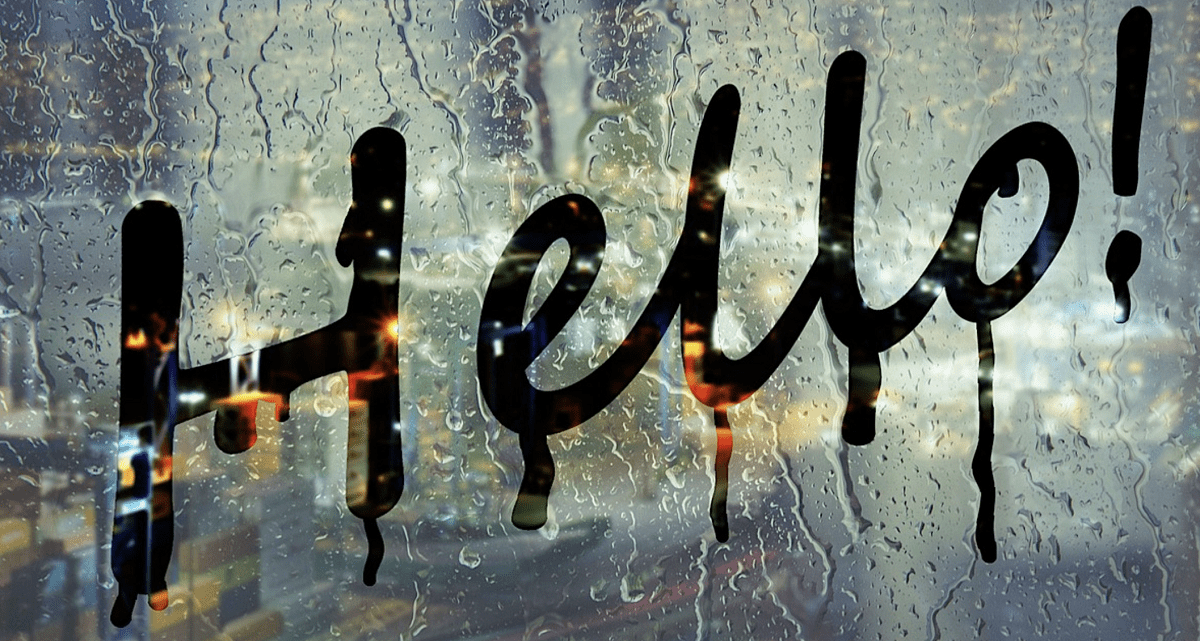
Hi, she said with a smile.
Hola, ella dijo con una sonrisa.
Hi guys, what’s up?
¿Hola tíos! Qué pasa?
Hi, how are you?
¿Hola! Cómo estás?
Hi, I’m Chris, from Denver.
Hola, soy Chris, de Denver.
Hi. I thought I’d drop by and see how you were doing.
Hola. Pensé en pasar y ver cómo te iba.
“Hi, sheriff,” Johnnyh said in greeting.
“Hola, sheriff”, dijo Johnnyh a modo de saludo.
“Hi,” he said as he moved into the room.
“Hola”, dijo mientras entraba a la habitación.
Say hi to Tyler for me
Saluda a Tyler de mi parte
Hi Mark, this is Linda!
Hola Mark, soy Linda!
Hi, come on in.
Hola entra
I came to say hi.
Vine a saludar.
I’m just calling to say hi.
Solo llamo para saludar
Let’s go say hi to the Millers.
Vamos a saludar a las Millers.
Hi. You must be our new neighbors
Hola. Debes ser nuestros nuevos vecinos
Hi! Do you work here?
¡Hola! ¿Trabajas aquí?
Hi, my name is Craig and I’m your waiter.
Hola, me llamo Craig y soy tu mesero.
History of why Spanish Speaking Countries say Hello
In Spanish speaking countries, saying “hello” is a way of showing respect and kindness to one another. It is an expression of warmth that conveys the sentiment of camaraderie and friendship. Saying hello in Spanish has become part of the culture in many Latin American countries where it is customary to greet someone with a smile, hug or handshake when they enter into your presence.
The use of “Hola” (Hello) as a greeting goes back centuries ago when Spanish was first introduced as the language spoken by people living on the Iberian Peninsula. Over time, this phrase has been adopted by other cultures who have come into contact with Spain and its associated languages such as Portuguese, Catalan and Basque.
Since then, “Hola” has spread around the world and can now be found in multiple dialects across Europe, North America and South America. When meeting someone for the first time or simply passing them on the street, saying hello is seen as a sign of politeness which shows that you recognize their presence even if there are no words exchanged. This practice also serves to create an atmosphere where everyone feels welcomed regardless of social class or cultural background
Saying hello in Spanish can often be used interchangeably with “buenos días” (good morning), “buenas tardes” (good afternoon) or “buenas noches” (good evening). These phrases help break down communication barriers since they are all universal terms meaning essentially ‘hello’ but differentiated according to what time of the day.
Situations on Different Terms
Hello in Spanish is “Hola.” It’s a simple, yet powerful word that can be used to greet someone or start a conversation. There are many different ways to say hello in Spanish depending on the context and situation. Here are some examples:
1) Hola mi amigo – Hi my friend
2) Hola chica – Hello girl
3) ¡Hola! ¿Cómo estás? – Hi! How are you?
4) Buenos días – Good morning
5) Buenas tardes – Good afternoon
6) Buenas noches – Good evening
These sentences all use hola as the greeting, but there are also other ways of saying hello in Spanish. For example, if you’re meeting someone for the first time, it would be more appropriate to say buenos días or buenas tardes rather than just hola. When addressing someone formally (i.e., an elderly person), it’s polite to use buenos días or buenas tardes instead of hola as well.
In informal situations with friends and family members, however, either hola or ola is acceptable. Aside from these common greetings that start with “hello” in Spanish, there are also several phrases that contain the word “hola” such as “¿Qué tal?” which means “How’s it going?” Another phrase containing the word “hola” is “¡Saludos!” which means both hi and goodbye depending on how it’s used within a sentence.
Similar words such as adios (goodbye), salud (cheers!) and bienvenido/bienvenida (welcome!) can also be used interchangeably with hola when greeting people in Spanish-speaking countries or communities around the world.
Best Way to Learn Spanish Greetings
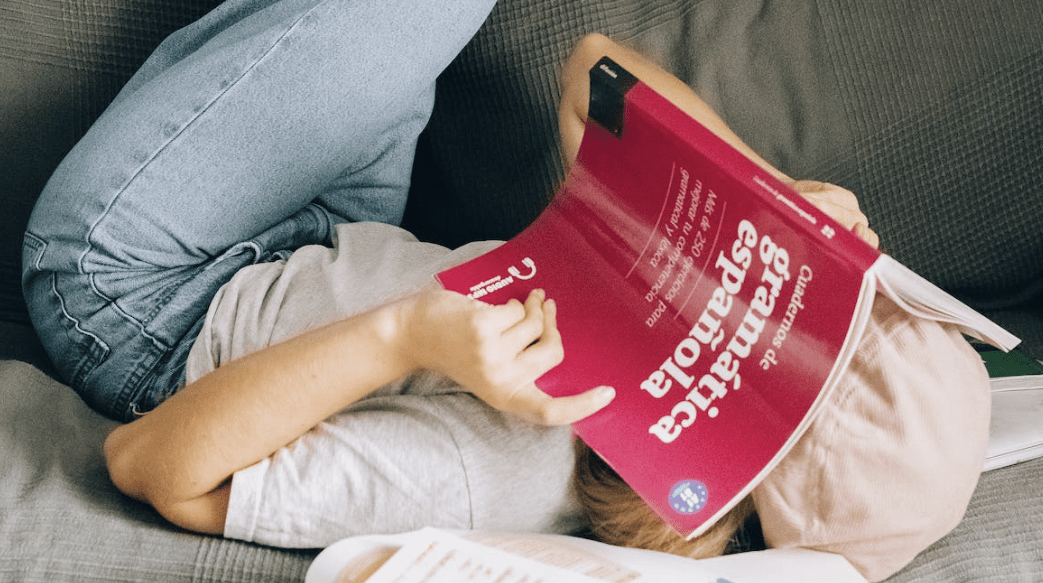
The best way to learn how to say hello in Spanish is to immerse yourself in the language. Start by listening and repeating phrases from native Spanish speakers, watching Spanish television shows or listening to music. Make sure you practice pronouncing each word correctly, paying attention to intonation and other nuances of pronunciation. Try using a phrasebook or online language learning program like Duolingo that can help you learn basic greetings and phrases in Spanish. Even find a native speaker who can teach you more about the language through conversation. With enough practice and dedication, saying “hola” will soon feel natural!
Be sure to check out our other Spanish Greetings before traveling.

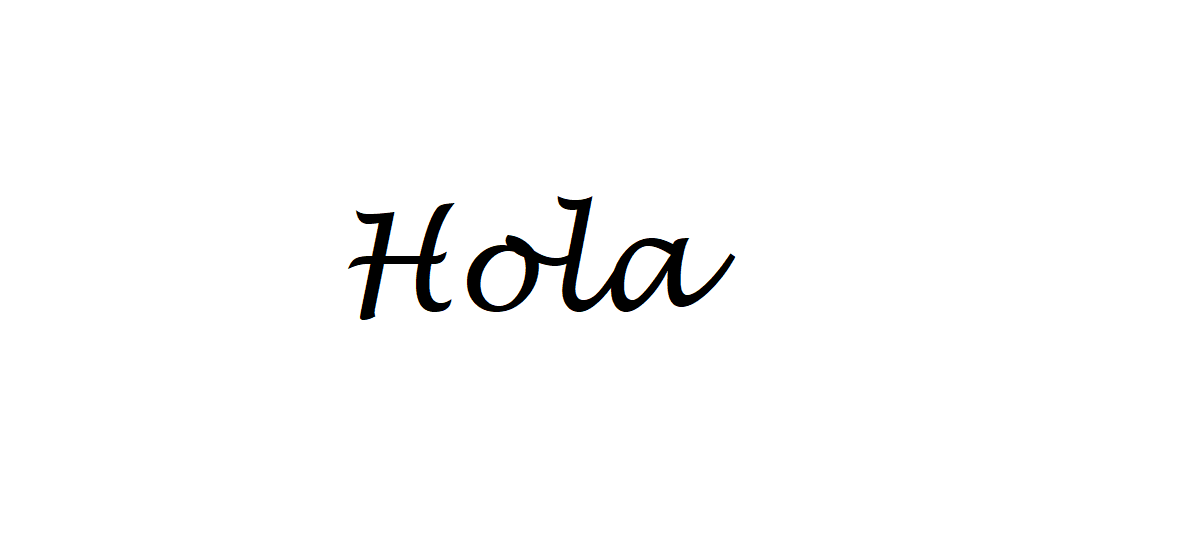
 Thank You in Spanish
Thank You in Spanish